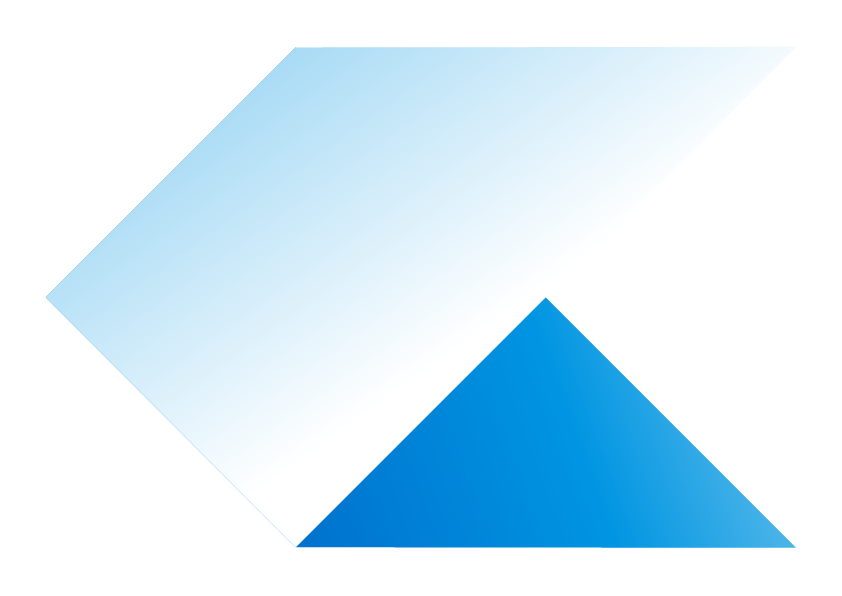6 questions to help you choose the right DAW
As an electronic music producer, your DAW – or Digital Audio Workstation – is your ultimate tool. It’s your aesel, canvas, paintbrushes and paint-pallette all rolled into one. It is the kitchen in which you hope to cook your best meals. Choosing the right one – or deciding to switch – is a momentous step for any producer.
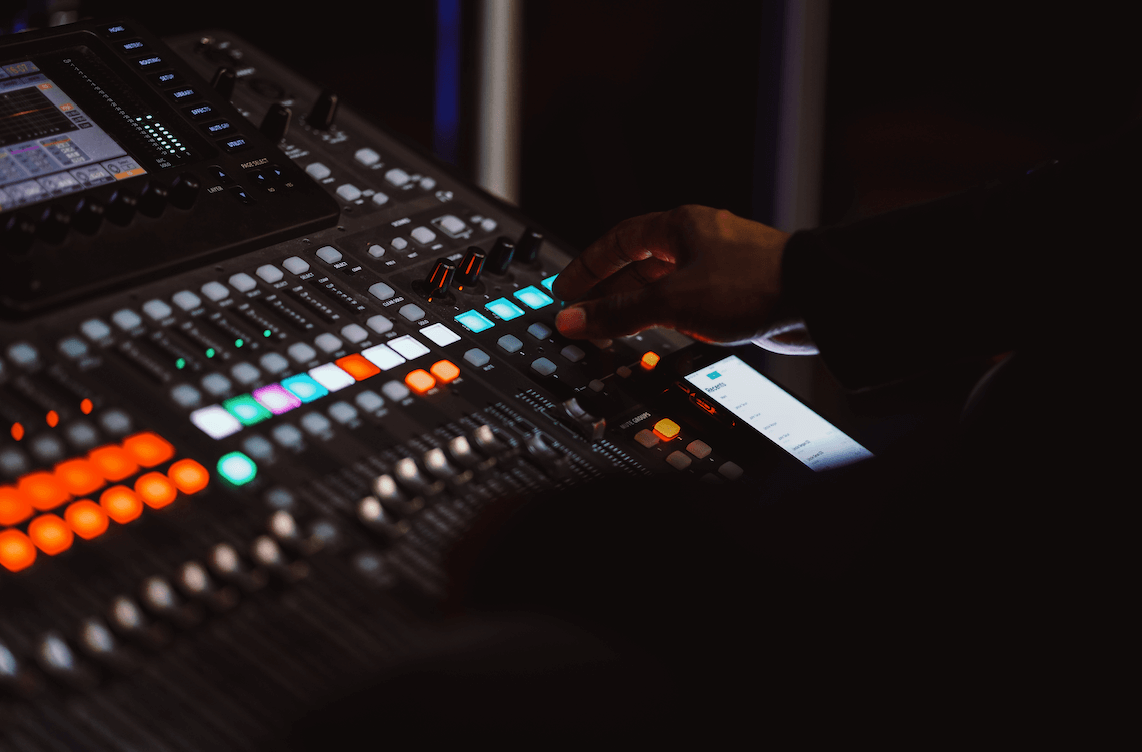
What is a DAW?
A DAW is a term to describe any software that enables your computer to act as a music studio. Almost all can record instruments and live performances, and offer audio-editing, arrangement, mixing and post-production tools. They’ve come a long way since their early inceptions and today most DAWs can do things that were simply unimaginable just a decade or two ago.
Reflecting this, most music is nowadays created on a DAW.
History in the making
The first DAW systems were simply MIDI transmitters, that would send MIDI clips to MIDI enabled instruments like synthesizers and drum machines in pre-written patterns. It was rudimentary, but transformed the way music could be performed and recorded. Now, you didn’t need to play the instrument live, it could play itself by reading and replaying MIDI messages to order.
Over the years these simple systems developed features like multi-track mixing, digital and analog recording and audio editing.
Companies like AKAI, Commodore, Atari and Apple began developing these systems for home use. This opened up the market to thousands of new customers. Suddenly you didn’t need a fancy recording studio and session musicians to cut a record. You could do it on your home computer with a few electronic instruments and a DAW.
It was a seminal development. New music styles quickly proliferated as music production was no longer exclusively the domain of trained musicians and professional recording studios. Home users enthusiastically embraced new technology and created their own styles and genres in the process.
Write Chords Faster with Captain Chords
- Use Captain Plugins to write your own Chord Progressions, Hooks, Melodies and Basslines
- Export to your DAW
- Available on Mac and Windows.
The giddy limit
These early DAWs had major limitations. For example, the legendary sampler, the Akai MPC2000 had a total system memory of just 6 seconds. Users were forced to cut samples down to tiny fragments and rearrange them as one shots and short loops. This restriction was fundamental to the principle of beat-making – and its impact can still be felt today through artists like Flying Lotus.
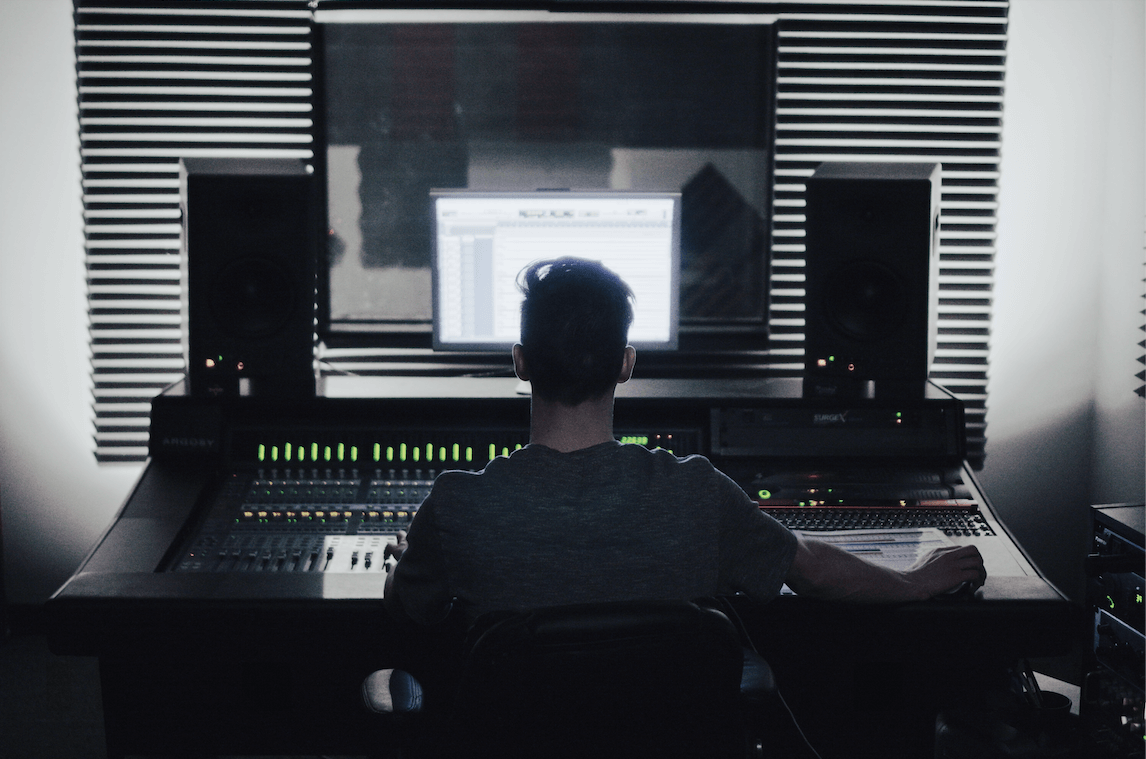
Cooking with gas
Let’s return to the kitchen metaphor for a minute. If you had a choice of any kitchen in the world, you’d start asking a few questions to narrow your search. To find the best possible kitchen for your cooking, you’ll want to know whether your hobs are gas or electric, your pans are non-stick and if there’s enough space to accommodate your wildest culinary adventures.
It’s no different with a DAW. But what questions should you even be asking in the first place? There’s no precise answer to that question, since everyone gets into music production with different goals and predispositions. However, here are a few questions that you’ll probably want to consider:
1. Can I afford it?
- DAWs range in price from the absolutely free to the high-end, professional-grade investment. What about additional tools? Lots of producers use high-end DAWs but save money on additional plug-ins by using the stock tools. While others take advantage of the affordability of cheaper DAWs and enhance their workflow with carefully selected 3rd-party plugins. There are also a few that offer a subscription-based service, eschewing the need for an upfront purchase.
2. What do my friends use?
- We’re not saying you should blindly follow the crowd here, but if you’ve already got a few buddies using a particular DAW, your options for collaborating, jamming and sharing learning increase significantly. Music production can easily become quite a solitary pastime, so we recommend taking any and all opportunities to make it a social experience!
3. What do your idols use?
- Particularly if you’re hoping to work in a particular style or genre, it can be useful to use the same tools as those at the top of the tree. Lots of top producers post youtube videos of them at work, or release remix stems to the public. Being able to directly relate their work to yours can be hugely inspiring.
4. What platform do you use?
- Most DAWs are cross-platform, but it’s worth checking before you take the plunge. For example, Apple’s Logic Pro X is only available for Mac OS. The days of Mac being considered the industry-standard platform for creatives are gone – while Mac is no less brilliant for creatives than it always has been, Windows has caught up and there is now more software available for both platforms than any producer could ever need.
5. Where do you want to take your music production?
- It can be tempting to go with the cheapest DAW when starting out. In all honesty, the standard of some free DAW software is so high that we can’t say it doesn’t make sense. But try and plan for the long run – you might find yourself constrained by limitations in a basic DAW and have to re-train in a more advanced program. This can be a useful experience, but there’s no denying it can also be frustrating in the short-term. For those that want to avoid swotting up on complex techniques and tools, and just get stuck in to making tunes, simpler, less feature-heavy DAWs can make sense. Anyone looking to turn production into a full-time career might be better off with a full-feature DAW. While the learning-curve will be steeper, it’s unlikely you’ll ever outgrow it.
6. Do you expect to work ‘in the box’?
- A lot of electronic musicians these days work predominantly ‘in the box’. That means they do almost all their work solely within the confines of their DAW. However, many people want to be able to work with MIDI, record live instruments and singers or use their DAW as part of a live band. DAWs differ in their ability to cater to these various requirements.MIDI is the language electronic music devices use to communicate with each other. Synths, drum machines, interfaces and so on all use it – either by 5-pin DIN connection or USB, mainly. Some DAWs are designed with the live music performer in mind, and offer and less options for routing, connecting and re-routing sound sources together. Others are more focused on studio performance, while others have limited to zero MIDI functionality.
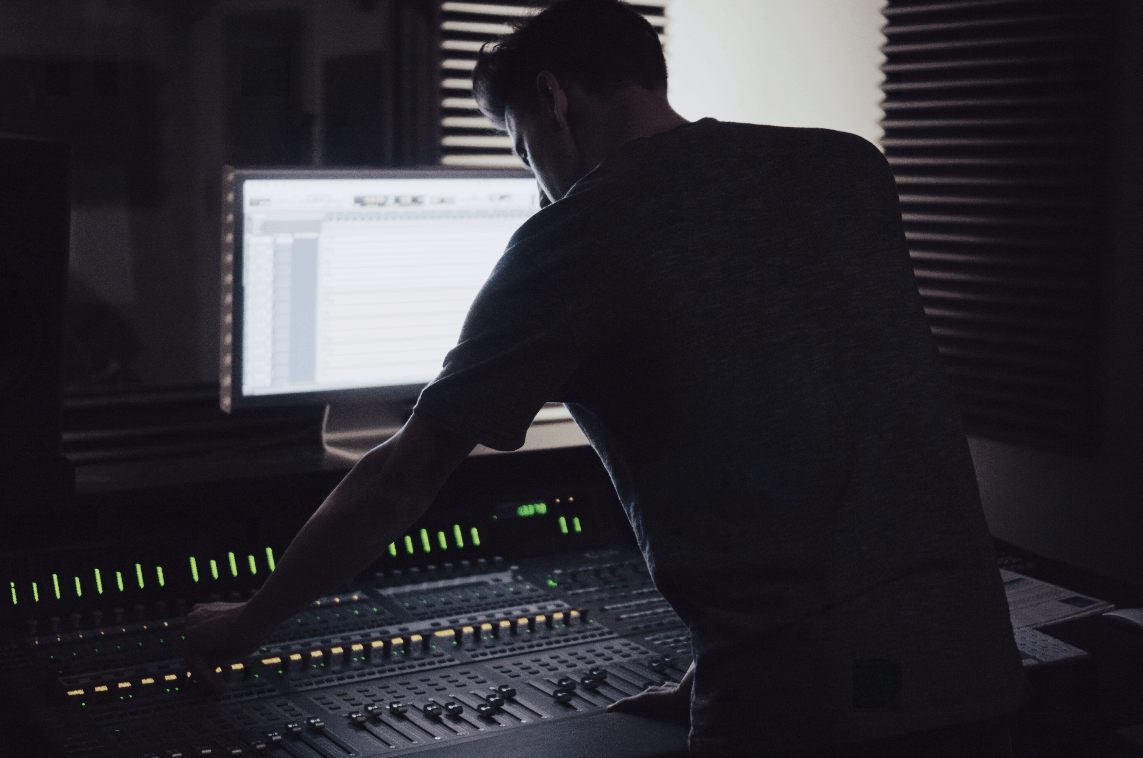
Pulling the trigger
Hopefully you’ve now got a better idea of your personal requirements. But there are still loads of options in front of you! How do you choose? Let’s take a brief look at the major DAW options:
Ableton Live
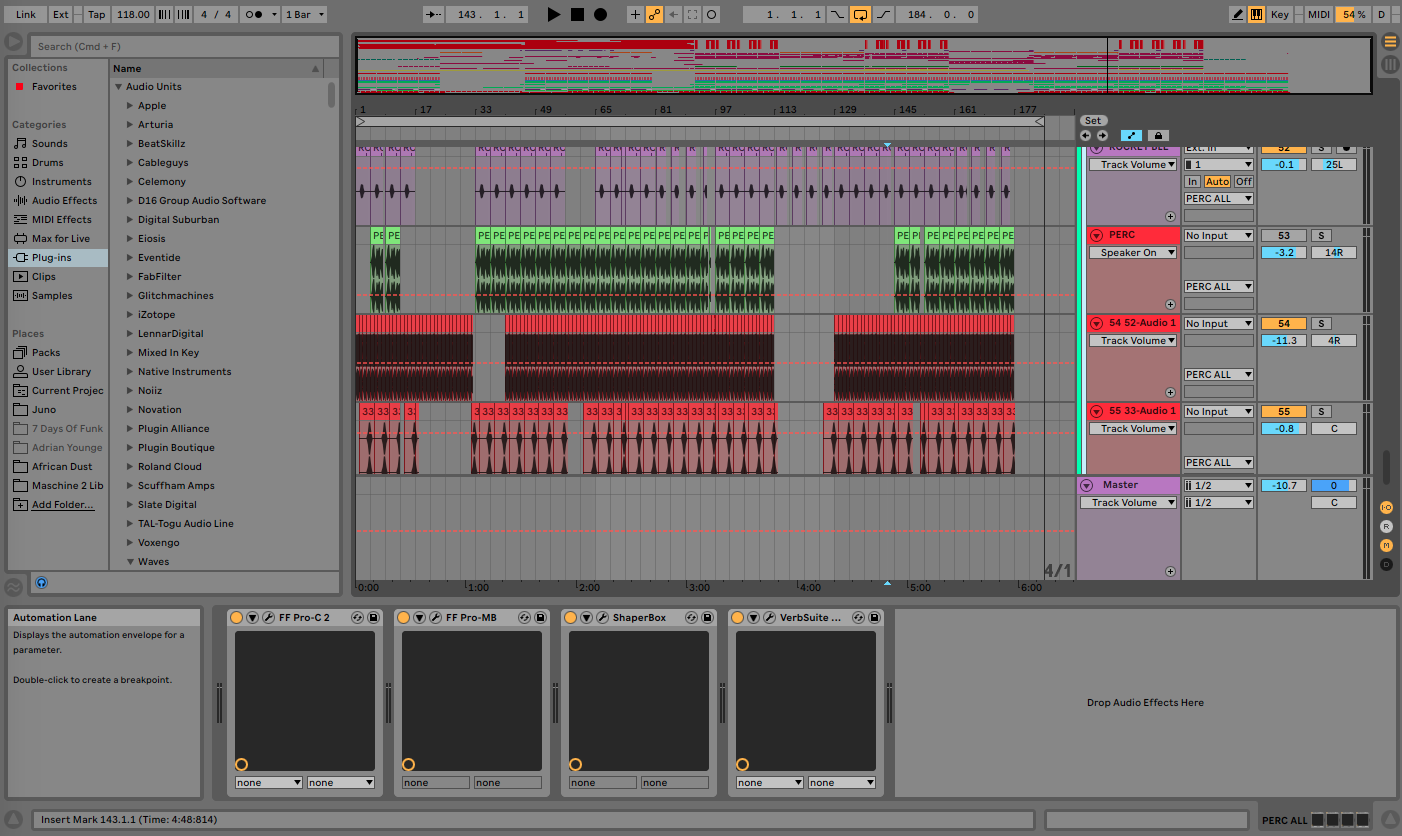
Ableton Live 10 is a great choice for those looking for an all-action approach to MIDI and live performance. It’s one of the most popular DAWs out there, and has tons of tutorials and guides online. Plus, its in-built plugins and array of sound packs make it one of the most comprehensively featured options.
- Price: Free (Lite) / $449 (Standard) / $749 (Suite)
Acoustica Mixcraft (Windows Only)

Mixcraft is packed with features for audio editing and Midi routing. It’s also great for video editing. A brilliant option for anyone making their own videos or hoping to get into soundtrack work. Billed as ‘the musician’s DAW’, Mixcraft is great for instrument recording and subsequent editing.
- Price: $49 (Recording Studio) / $99 (Pro Studio)
Logic Pro X (Mac Only)
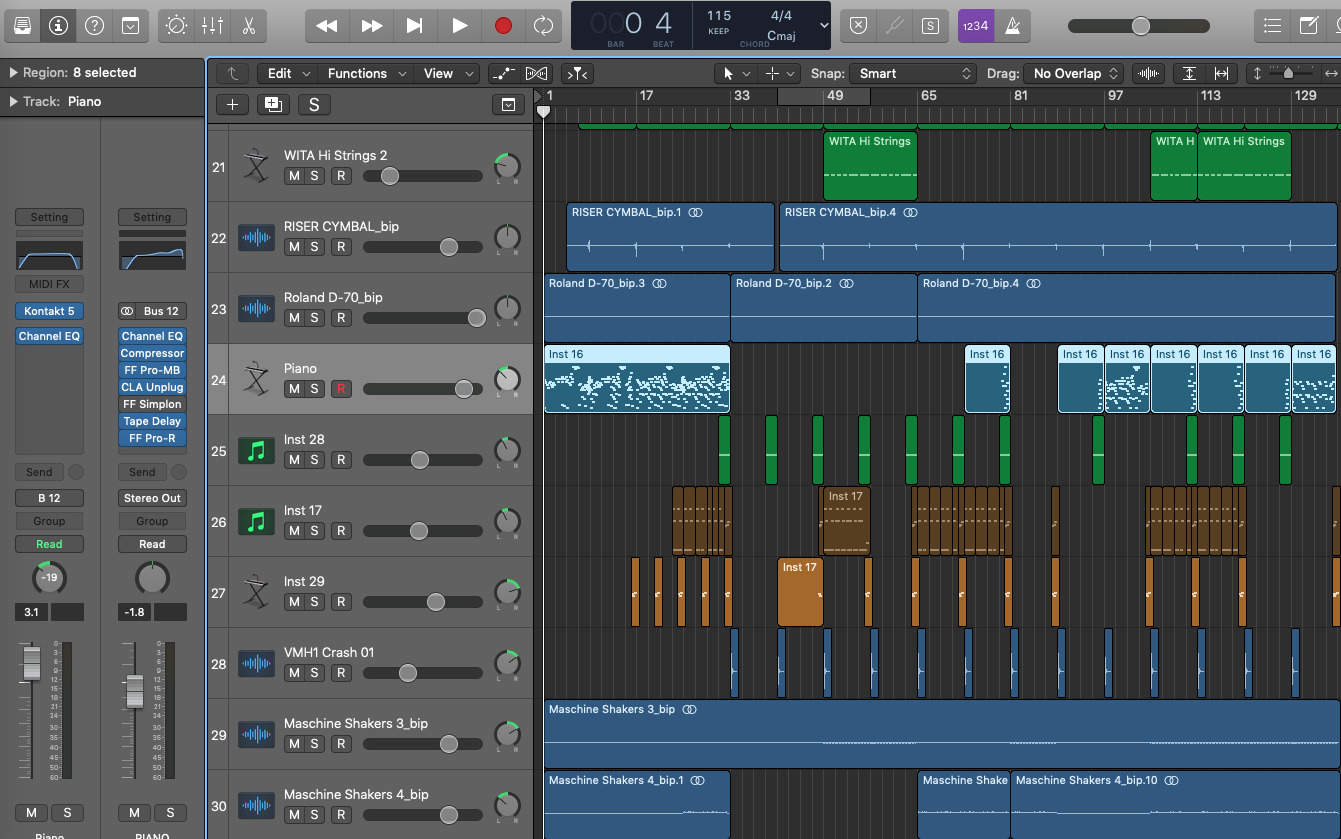
Logic is extremely popular for its high quality plugins, awesome audio editing options and beautifully designed composition tools. The DAW of choice for many professional studios due to it’s intuitive workflow and all-rounder capabilities. One of the most popular and respected DAWs around.
- Price: $199.99
Avid Pro Tools
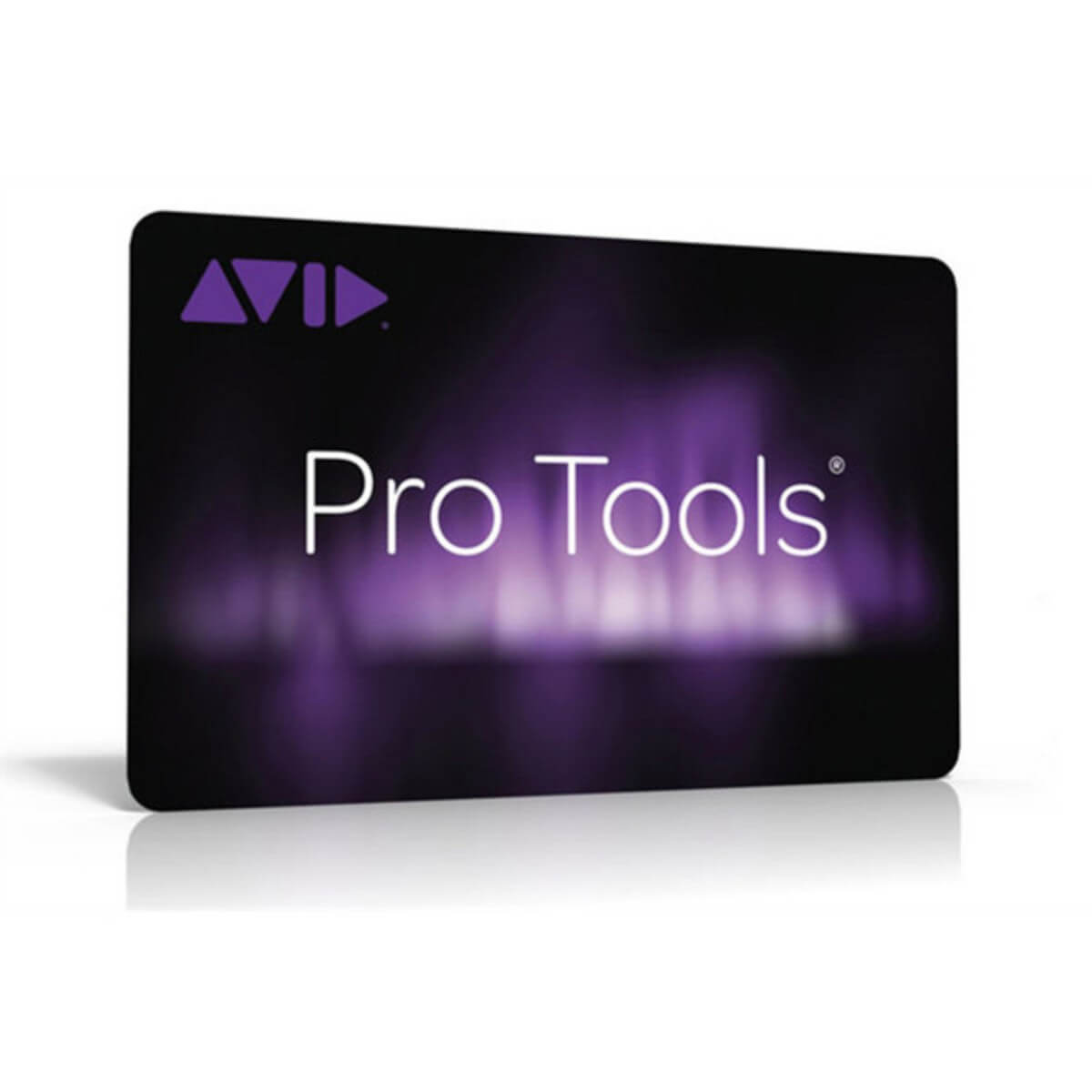
Pro Tools is often favored by live performance recording and is the DAW of choice for many recording studios. It’s the industry-standard for many professional producers – if it’s played on the radio, it’s probably been through Pro Tools at some point. Pro Tools doesn’t use VST or AU format plugins in favour of its own AAX format. This is a very important point to consider as not all plugins are available as AAX.
- Price: FREE (Pro Tools First – up to 16 tracks) / $24.92 per month 1-year subscription – up to 128 tracks (Pro) / $83.25 per month 1-year subscription – up to 256 tracks (Pro Ultimate)
Cockos Reaper
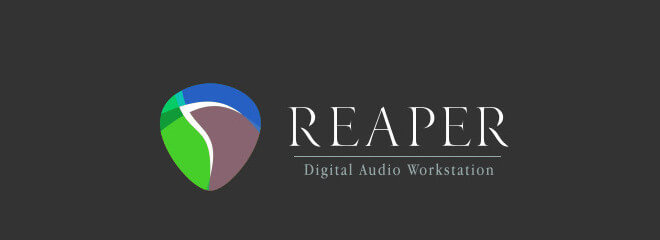
There’s not much Reaper can’t do. It’s a staggeringly good option for free software. (You can get up to version 6.99 completely free. Later versions are at a small cost.) Reaper doesn’t come with a sample library of any sort, so you’ll need to provide all your own sounds from samples and/or instruments. This could be a bonus for those with limited hard drive space.
- Price: FREE (up to v6.99) / $60 (Latest version – with 60 day free trial)
Audacity
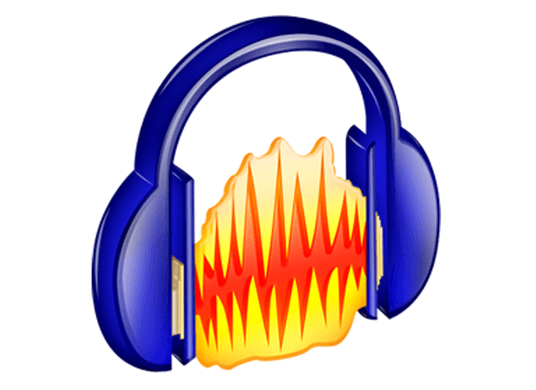
Audacity is simple to use and brilliant for audio editing. While certainly not fully-featured (no MIDI routing, for example), it can complement other DAWs well as an audio editing tool alone. And it’s totally free, too.
- Price: FREE
GarageBand (Mac Only)
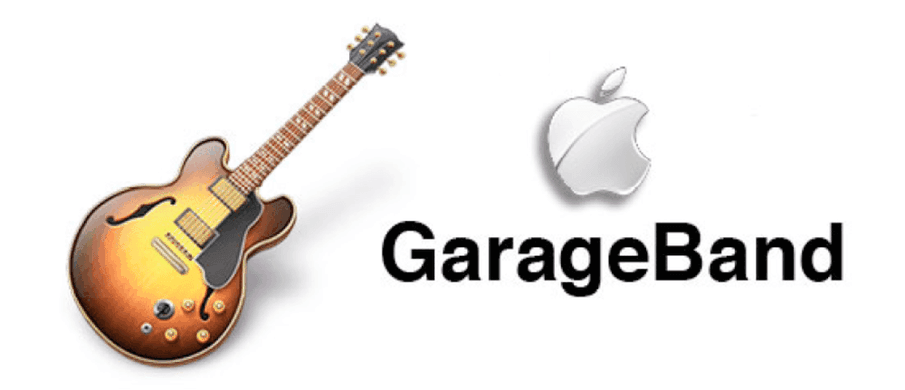
GarageBand is Logic’s little brother, with lots of shared functionality and the same easy to use interface. It offers the casual producer a solid platform to create simple works. However, don’t be surprised if you start feeling the urge to upgrade to Logic after a while!
- Price: FREE
Magix Samplitude Pro x4
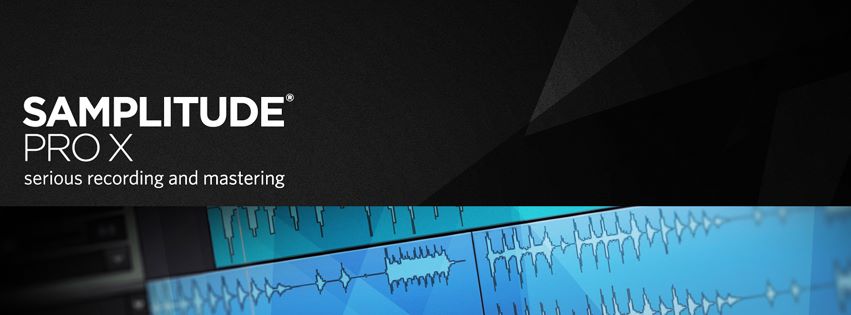
Magix Samplitude is a Windows-only DAW brimming with German-engineered brilliance. Fully featured, Samplitude is a high-quality DAW capable of advanced audio-editing, sequencing, MIDI routing, mixing and mastering. One of its unique features is the approach to audio and MIDI editing. Users can adjust parameters like pan, fx and volume at ‘object’ level instead of across the whole channel.
- Price: $399 (Pro)
Image Line FL Studio 20

FL Studio 20 was named Best DAW in the world by Music Radar, and has an enthusiastic online community of producers and beat-makers who post tons of tutorials and guides online. Having started life as the entry-level Fruity Loops, it has evolved into a fully-featured DAW with a strong emphasis on visualizing the process of production.
- Price: $110 (Producer Signature Bundle) / $710 (Full package)
Bitwig
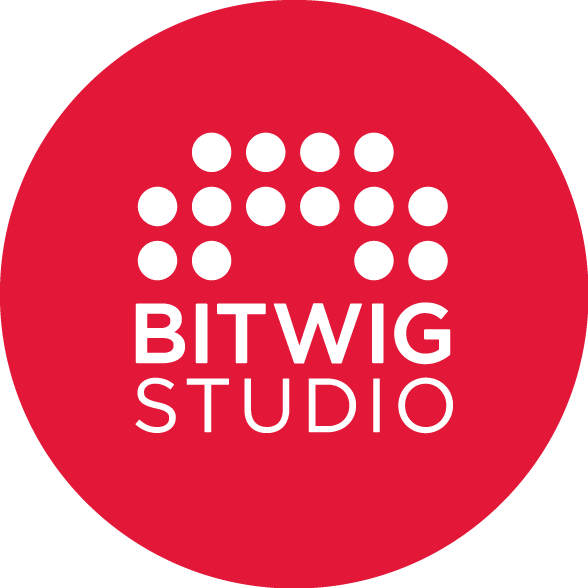
The new kid on the block. Bitwig was created by ex-Ableton designers, and rivals Ableton in many regards. It might be new, but has an extensive array of features and compatibilities, not least its amazing approach to CPU burden. You can run an enormous number of VST tools and synths without overloading your CPU or encountering latency.
- Price: $399 (Educational Discounts available)
Reason
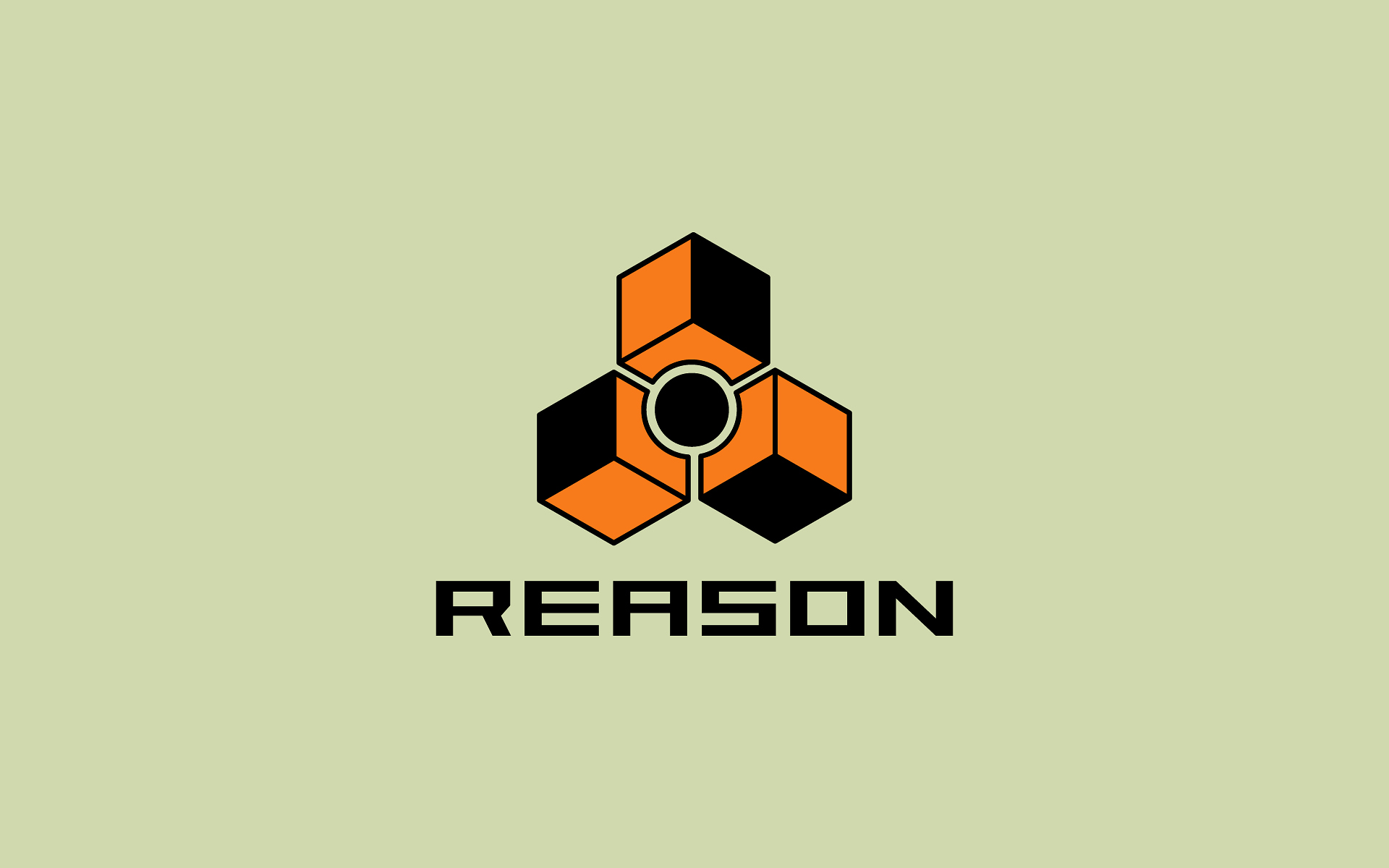
Propellerheads’ Reason is a beast of a DAW and comes packed with incredibly powerful ‘in the box’ synth engines and programming tools. With a legendary audio engine and unrivalled modular-style patching options, Reason is an extremely versatile and creative tool, particularly for producers into synthesis.
- Price: Free (30 Day Trial) / $399
Steinberg Cubase

Cubase is one of the longest-standing DAWs around, has been used to produce some of the biggest tracks in history, and has undergone many essential updates over the years. One of the most respected DAWs, it has a loyal army of devotees. Its precision approach to beat-grid manipulation and advanced FX routing capabilities make creative production smooth and fun.
- Price (approx): $110 (Elements) / $340 (Artist) / $620 (Pro)
Maschine

Native Instruments’ Maschine series is not a fully-featured DAW, but is a favorite with hip-hop/beats producers as its sample-manipulation tools come close to replicating the grand-daddy of beat production, the MPC. Plus, it comes with a MIDI controller of significant build quality and performance aptitude. What it lacks in areas like MIDI-connectivity it makes up for with its simple, tactile and user-friendly interface.
And as if that wasn’t enough, the sample packs that come as standard are legendary. We haven’t even mentioned that different models come with additional software such as Battery, Massive and Solid Bus Comp.
- Price: $775 (Maschine Mk3) – Many different models available, 2nd hand Maschine Mikros can be as low as $100
Studio One

Presonus’ Studio One is a brilliant DAW, with some unique features like touchscreen capability so you can produce like you’re Tom Cruise in Minority Report. Studio One is included in many of Presonus’ high-quality audio interfaces, which can represent quite a saving on start-up costs. One of the fastest-growing DAWs of today, its intuitive workflow make it a serious contender to the title of best DAW.
- Price: FREE (Prime) / $399 (Pro)
Final Thoughts
We can’t tell you which DAW is best for your needs, but this guide should help you decide which meets your short and long-term needs, is right for your budget, and gives you room to learn and develop your skills.
In truth, there isn’t a bad option to be found here. What’s more, many offer a trial period or free introductory version, so you can try them out and see what suits your style best.
Write your own tracks using Captain Plugins
Create your own chords, melodies and bass-lines with Captain Plugins. Visit the official Captain Plugins homepage and see how it will help you explore music and write your own original productions.
